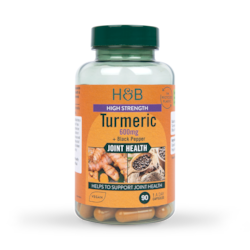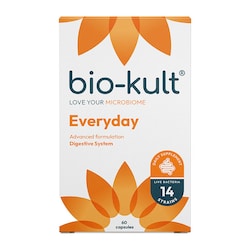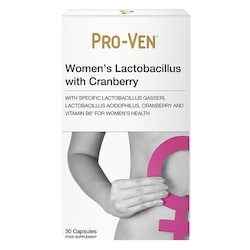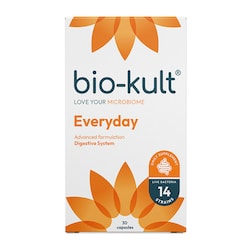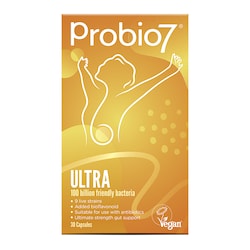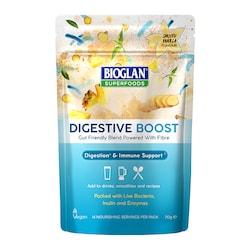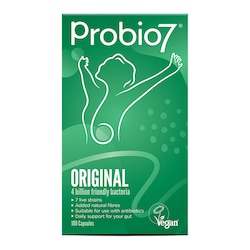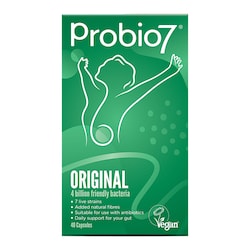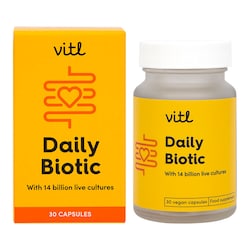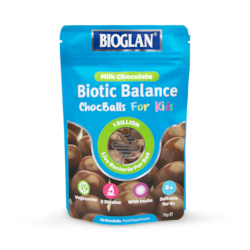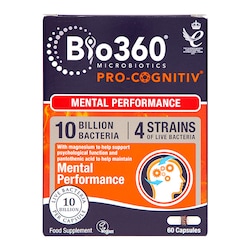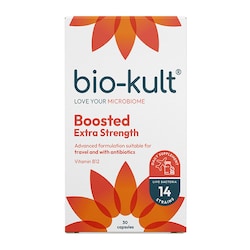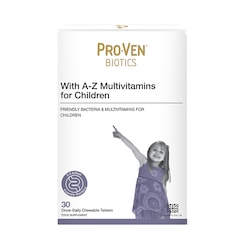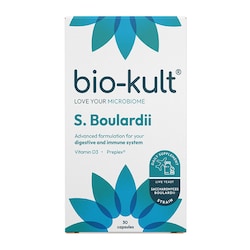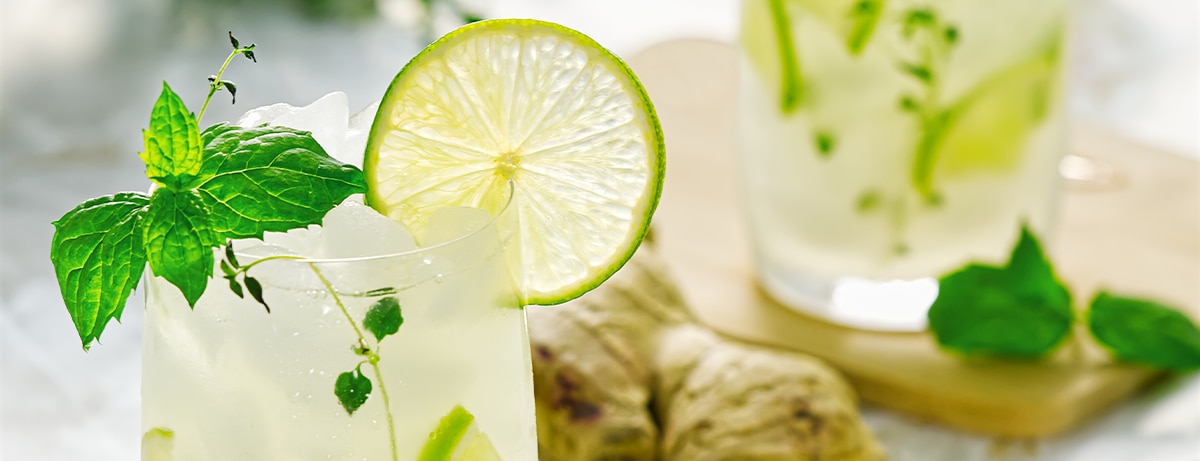20% off £30
What is kimchi? 10 health benefits of eating kimchi.

Summary
1Is kimchi healthy? The nutritional profile
As there are so many different varieties of kimchi, it’s difficult to give an exact nutritional profile of this tasty condiment, but here is the...
2Is kimchi good for you?
1. High in probiotics 2. Anti-aging properties 3. Reduced risk of yeast infections 4. Anti-inflammatory properties 5. Helps wounds to heal...
3What to eat with kimchi?
There are a number of ways to eat kimchi, so here are a few recipes with kimchi that we can’t wait for you to try. Kimchi recipe for breakfast:
What is kimchi?
Is kimchi healthy? The nutritional profile of kimchi
Kimchi nutritional value
| Nutrient | Amount | Daily recommendation |
|---|---|---|
| Calories | 95 | 5% |
| Carbs | 19.7g | 7% |
| Fibre | 2.4g | 10% |
| Protein | 3.2g | 6% |
| Vitamin A | 2273IU | 45% |
| Vitamin B1 (Thiamin) | 0.1mg | 9% |
| Vitamin B2 (Riboflavin) | 0.1mg | 5% |
| Vitamin B3 | 1.7mg | 9% |
| Vitamin B5 | 0.3mg | 3% |
| Vitamin B6 | 0.3mg | 13% |
| Vitamin B12 | 83.3mcg | 21% |
| Vitamin C | 12.3mg | 21% |
| Vitamin D | - | - |
| Vitamin E | 1.4mg | 7% |
| Vitamin K | 21.1mcg | 26% |
| Iron | 2.1mg | 12% |
| Potassium | 238mg | 7% |
| Calcium | 62.8mg | 6% |
| Magnesium | 35mg | 9% |
| Phosphorus | 56.7mg | 6% |
| Manganese | 0.5mg | 25% |
| Copper | 0.2mg | 8% |
| Sodium | 2206mg | 92% |
| Selenium | 3.9mcg | 6% |
| Zinc | 0.5mg | 4% |
Summary
- Kimchi is a Korean fermented cabbage dish left to ferment for 3-21 days in a jar.
- The taste can vary based on the ingredients and spices you add in.
- Kimchi has many vitamins and nutrients that help you create a balanced diet.
- The high sodium content in kimchi means you should not eat too much.
Is kimchi good for you? 10 health benefits of kimchi:
- The common cold4
- Constipation5
- Gastrointestinal health6
- Heart health7
- Mental health8—read more about the link between your gut and your brain!
- Support a diverse microbiome with high levels of probiotics.
- Have anti-aging properties.
- Reduce the risk of yeast infections.
- Have anti-inflammatory properties.
- Help wounds heal by supporting normal blood clotting.
- Promote healthy bones and teeth.
- Help the process of energy production.
- Support eye, skin, and nervous system health as we age.
- Support your immune system.
- Help with weight loss.
How to include more kimchi in your diet
- Choose your kimchi ingredients. Common choices in kimchi recipes may be: Cabbage, Carrot, Radish, Ginger, Sugar, Salt, Rice flour, Chilli oil, powder, or pepper flakes, Fish sauce, Saeujeot (fermented shrimp).
- Wash your fresh vegetables and cut thinly with ginger and garlic (excluding your cabbage).
- Spread salt between the cabbage leaves and allow to sit for 2-3 hours, turning every 30 minutes to ensure even distribution of salt. Your salt-to-cabbage ratio should be 72g of salt to every 2.7kg of cabbage.
- After 2-3 hours, rinse and drain your cabbage in a colander to remove excess salt.
- Mix the rice flour, sugar, ginger, garlic, chili oil, pepper flakes, fish sauce, and saeujeot into a paste. Feel free to add or remove ingredients based on your desired taste.
- Toss everything together with this paste until they have been fully coated.
- Place this mixture into a clean and dry air-tight container or jar.
- Let your kimchi mixture ferment for at least 3 days at room temperature, or up to 3 weeks at 4°C if you’d prefer to keep it stored somewhere cold.
- Get ready to enjoy your homemade kimchi!
What to eat with kimchi?
- Kimchi recipe for breakfast: Kimchi-topped cheese on toast.
- Kimchi recipe for lunch: Kimchi on the side of meat and rice.
- Kimchi recipe for dinner: Kimchi Poke Bowl or Kimchi Fried Rice.
Summary
- You can make kimchi at home with a few ingredients and as little as 3 days.
- Getting more kimchi into your diet is simple as it’s the perfect side dish.
- Try new kimchi recipe ideas, like kimchi cheese on toast, kimchi with meat and rice, or kimchi fried rice.
Healthy kimchi FAQs
It is not recommended to eat kimchi every day as it has high levels of sodium and therefore should be eaten alongside a balanced diet.
The taste of kimchi varies greatly depending on the ingredients and spices you use. Due to the fermentation process, however, it tends to have a tangy, acidic flavour that can be an acquired taste.
Kimchi is mostly made from fermented cabbage, although there are many different recipes that change the ingredients and spices used.
Kimchi isn’t necessarily bad for you, but you should avoid consuming too much kimchi as it has a high level of sodium.
People with compromised immune systems should also be careful with kimchi as the most common safety concern is food poisoning.
Yes! Making organic kimchi is as simple as using organic ingredients, such as organic cabbage, vegetables, and spices.
As kimchi is quite acidic and has high levels of sodium, eating kimchi too frequently or in excess may upset your stomach.
Yes, Kimchi is halal. Although small traces of alcohol are released in the fermentation process, it is not enough to intoxicate you, and therefore it is halal.
Kimchi is like the Korean version of Germany’s sauerkraut. If you like the flavours and texture of kimchi, you’ll probably enjoy sauerkraut, too!
What is kimchi? Summary
- https://pubmed.ncbi.nlm.nih.gov/24456350/
- https://www.doctorshealthpress.com/food-and-nutrition-articles/kimchi-nutrition-facts-benefits-recipes/
- https://pubmed.ncbi.nlm.nih.gov/30513869
- https://www.ncbi.nlm.nih.gov/pubmed/16844267/
- https://www.ncbi.nlm.nih.gov/pubmed/19628371/
- https://www.ncbi.nlm.nih.gov/pubmed/30197628
- https://www.ncbi.nlm.nih.gov/pubmed/24330093
- https://www.ncbi.nlm.nih.gov/pubmed/25448230
- https://link.springer.com/article/10.1007/s10068-011-0091-9
- https://link.springer.com/article/10.1007/s10068-011-0091-9
- https://pubmed.ncbi.nlm.nih.gov/31705713/
- https://www.ncbi.nlm.nih.gov/pubmed/31705713
- https://www.sciencedirect.com/science/article/pii/S2352618117301373
- https://www.ncbi.nlm.nih.gov/pubmed/30347786
- https://www.nhs.uk/conditions/vitamins-and-minerals/vitamin-k/
- https://ods.od.nih.gov/factsheets/vitaminK-HealthProfessional/
- https://ods.od.nih.gov/factsheets/Riboflavin-HealthProfessional/
- https://www.ncbi.nlm.nih.gov/pubmed/21745625https://www.sciencedirect.com/science/article/pii/S2352618117301373


